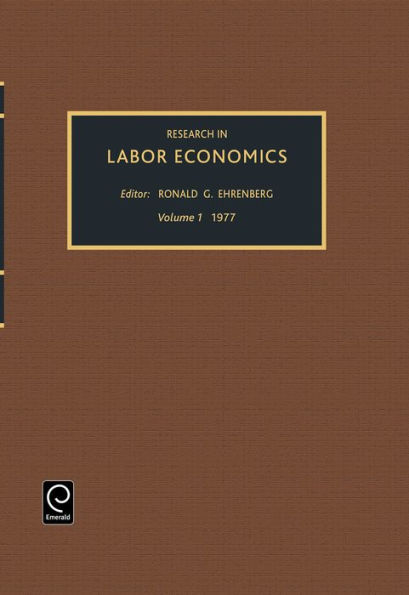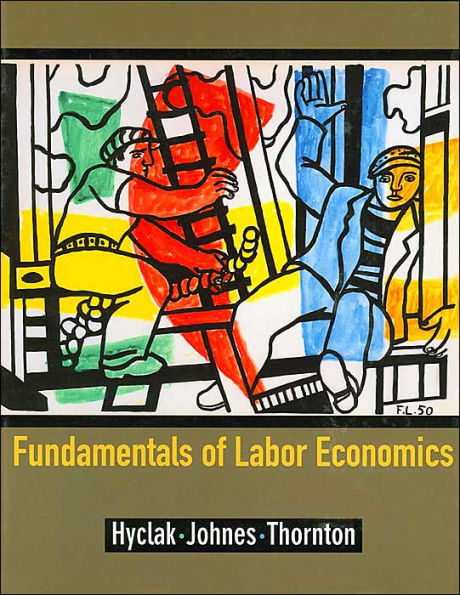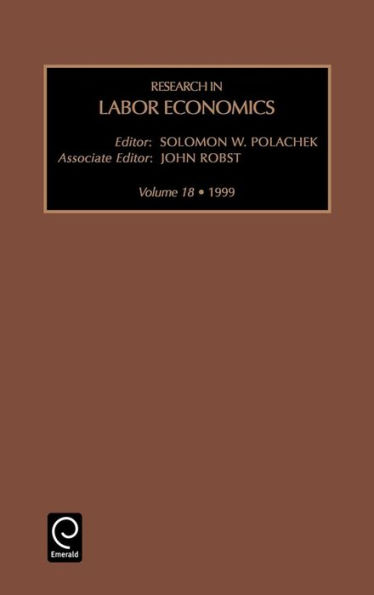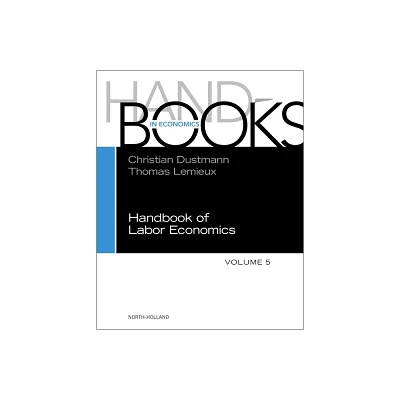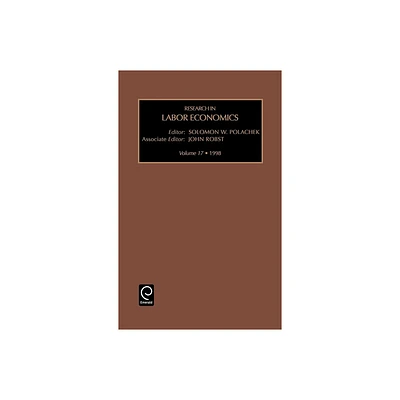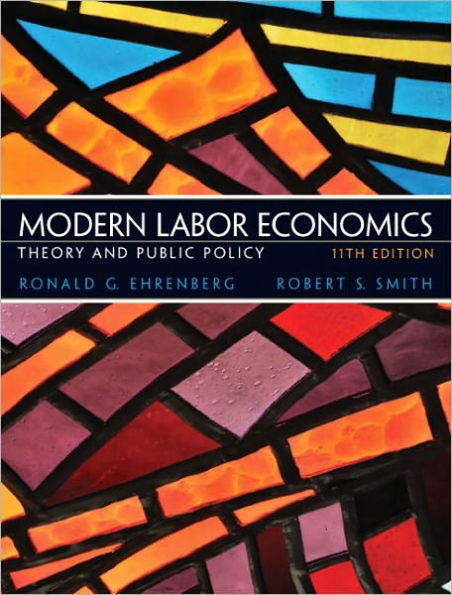Home
Handbook of Labor Economics / Edition 4
Loading Inventory...
Barnes and Noble
Handbook of Labor Economics / Edition 4
Current price: $140.00
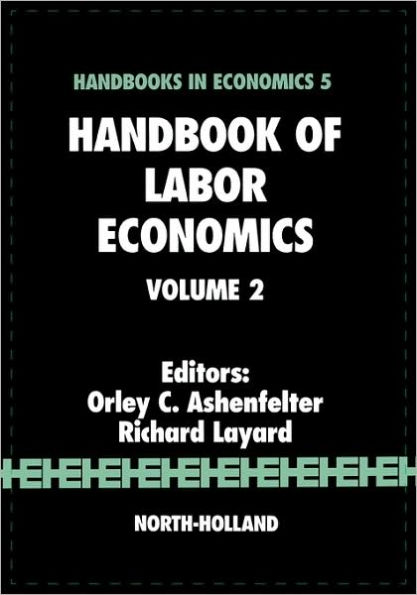

Barnes and Noble
Handbook of Labor Economics / Edition 4
Current price: $140.00
Loading Inventory...
Size: OS
*Product Information may vary - to confirm product availability, pricing, and additional information please contact Barnes and Noble
The Handbook brings together a systematic review of the research topics, empirical findings, and methods that comprise modern labor economics. It serves as an introduction to what has been done in this field, while at the same time indicating possible future trends which will be important in both spheres of public and private decision-making.
Part 1
is concerned with the classic topics of labor supply and demand, the size and nature of the elasticities between the two, and their impact on the wage structure. This analysis touches on two fundamental questions: what are the sources of income inequality, and what are the disincentive effects of attempts to produce a more equal income distribution?
The papers in
Part II
proceed from the common observation that the dissimilarity in worker skills and employer demands often tempers the outcomes that would be expected in frictionless labor markets. And the last section of the Handbook deals explicitly with the role of institutional structures (e.g. trade unions) that now form an important part of modern labor economics.
Part 1
is concerned with the classic topics of labor supply and demand, the size and nature of the elasticities between the two, and their impact on the wage structure. This analysis touches on two fundamental questions: what are the sources of income inequality, and what are the disincentive effects of attempts to produce a more equal income distribution?
The papers in
Part II
proceed from the common observation that the dissimilarity in worker skills and employer demands often tempers the outcomes that would be expected in frictionless labor markets. And the last section of the Handbook deals explicitly with the role of institutional structures (e.g. trade unions) that now form an important part of modern labor economics.
